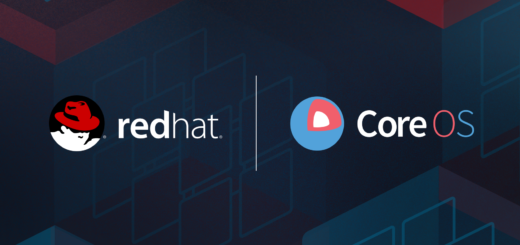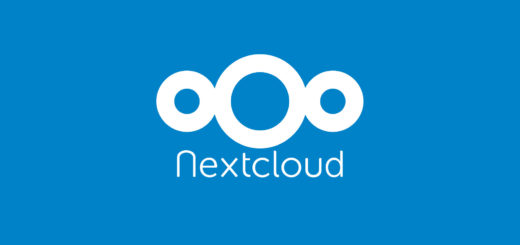Nvidia to acquire ARM for $40 billion

Nvidia announced it is to acquire ARM for $40 billion, full stop. $21.5 billions in stock, $12 billions in cash. There’s quite a lot of meat on the motherboard, let’s see what that means.
ARM is a RISC (Reduced Instruction Set Computer) architecture, and a UK-based company in Cambridge. The UK-based company was bought by Softbank in 2016. ARM is the core of many applications from smartphones to Raspberry PI. Despite working with chips, ARM doesn’t produce its own processors, it rather licenses this process to other companies such as Qualcomm, Samsung, Apple.
What is the deal with the deal?
Nvidia is a chip manufacturer, it mainly produces GPU and AI chips, aside from producing some CPUs it doesn’t really produces that many. ARM on the other hand doesn’t produce any chips on its own, instead it sells licenses to third-parties such as Samsung, Apple to produce ARM-based chips, that is why ARM is often referred to as a “neutral” party.
Moreover, Nvidia beat Intel becoming the first US chipmaker in July 2020. Nvidia also has the highest market share in dedicated GPU, fueling gaming workstations and modern AI. Adding a CPU business to a GPU leader could potentially arise some concern, especially in the EU. As a side note, ARM has a GPU implementation called “Mali”, there is no true alternative to RISC GPU, even the strongest ARM opponent, RISC-V, doesn’t have a valid alternative.
A possible scenario: ARM loses to RISC-V
As Nvidia may hinder further ARM development or manage licenses in a different way compared to before the acquisition, ARM could potentially lose value as architecture. The architecture that would likely benefit from this is RISC-V, another RISC architecture. RISC-V is the de-facto open source RISC architecture and a direct ARM competitor. While competitor sounds good the truth is ARM has been out for way longer and it is more mature, RISC-V doesn’t even come close. What could happen is that ARM could lose value as a result of Nvidia changing ARM direction, fueling its competitor RISC-V.
A possible scenario: Nvidia closes to China
Just as Google was forced to revoke Android (and Google services) license to Huawei, Nvidia could be forced to revoke ARM licenses to Chinese companies. This scenario could potentially be disrupting in a number of ways considering ARM processor are the heart of smartphone systems. What could happen is that Chinese companies could switch to another architecture or, more likely, develop a different one. This scenario is also feared by two ARM co-founders: Hermann Hauser and Tudor Brown.
Another scenario: nothing changes
Although it is unlikely for the balance to be kept the way it is after a huge shakedown such as this one, Nvidia promised to keep ARM in the UK and retain its brand. As for the business model and licenses nothing is certain. Nvidia could very well keep the current one in order not to scare away big customers. Nevertheless, Nvidia CPUs may become a reality. This process, if it becomes reality, will be a slow one, won’t happen overnight. Current customers will continue their businesses with ARM in the same way the used to.
A shakedown in the data center of the future
While x86-64 is the dominant architecture, both in the consumer workstation/desktop and in the data center, this trend may not last forever. The x86-64 architecture has essentially no power in the smartphone segment, ARM powers it. ARM is power efficient and, given enough time and interest, it may eventually replace x86-64 in the data center (personal opinion). While in the past most software was made for x86 and later for x86-64, developers are slowly producing software supporting ARM too, modern web servers, databases and many other applications support ARM. With Nvidia acquiring ARM the whole idea may actually never become a reality. Depending on Nvidia decisions, ARM may become the powerhouse of the future, or RISC-V may just take over.
- 2020 A year in review for Marksei.com - 30 December 2020
- Red Hat pulls the kill switch on CentOS - 16 December 2020
- OpenZFS 2.0 released: unified ZFS for Linux and BSD - 9 December 2020









Recent Comments